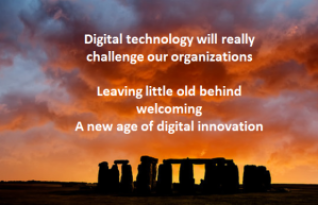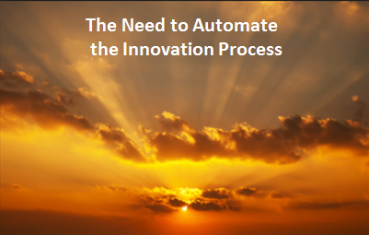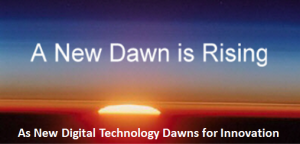So Welcome to the Age of Digital Innovation
 Digital technology is about to become the precursor for all the changes we have put off for years within our organizations.
Digital technology is about to become the precursor for all the changes we have put off for years within our organizations.
We need to radically improve our abilities to engage, relate and discover new innovation opportunities at a completely different level of faster performance.
There are many issues both strategic and tactical to work through, to extract the rich potential from any digital transformation for new innovation growth outcomes
The final part of a seven-part series – new dawn or your worst nightmare?’









